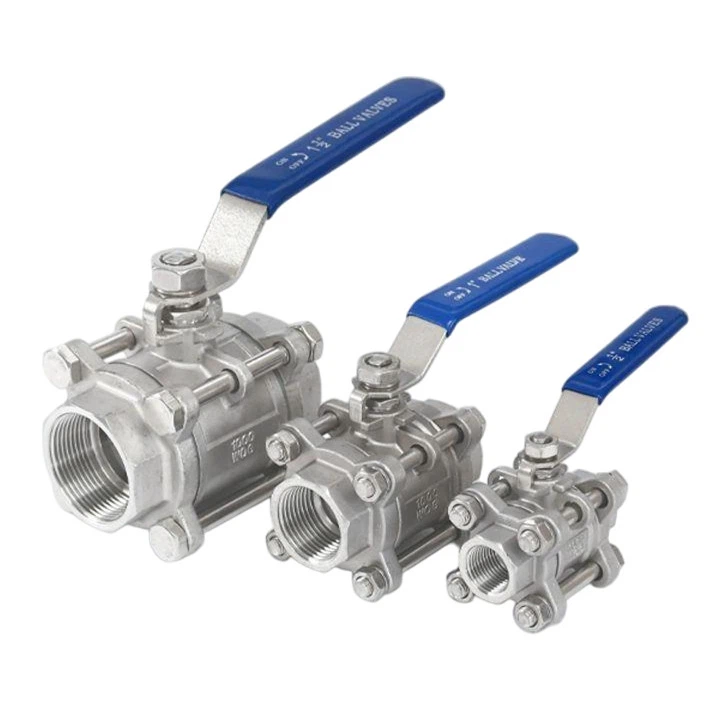As a supplier of rising stem gate valves, I've witnessed firsthand the widespread use of these valves across various industries. However, with increasing environmental awareness, it's crucial to examine the environmental impacts associated with using rising stem gate valves. In this blog, I'll delve into the positive and negative environmental aspects of these valves and discuss ways to mitigate their adverse effects.
Positive Environmental Impacts
Efficient Flow Control
Rising stem gate valves are known for their ability to provide full flow when fully open, with minimal resistance to the fluid passing through. This efficient flow control reduces the energy required to pump fluids through a system. For example, in a water treatment plant, using a rising stem gate valve can ensure that water is transported with less energy consumption compared to valves with higher flow resistance. The energy savings translate into reduced greenhouse gas emissions from power generation, as less fuel is burned to produce the necessary electricity.
Durability and Longevity
These valves are typically built to last. Their robust construction means they can withstand harsh operating conditions, such as high pressures and temperatures, without significant wear and tear. A long - lasting valve reduces the frequency of replacements. This, in turn, decreases the demand for raw materials used in valve manufacturing, such as steel, iron, and various alloys. For instance, a Hard - Sealed Cast Steel Gate Valve is designed to have a long service life, which helps conserve natural resources over time.
Leakage Prevention
Properly installed and maintained rising stem gate valves can provide a tight seal when closed, preventing fluid leakage. In industrial settings, leakage of hazardous chemicals or wastewater can have severe environmental consequences, such as soil and water pollution. By minimizing leakage, these valves help protect the environment. For example, in an oil refinery, a well - functioning rising stem gate valve can prevent oil spills that could contaminate nearby water bodies and harm aquatic life.
Negative Environmental Impacts
Manufacturing Processes
The production of rising stem gate valves involves several energy - intensive processes. Mining the raw materials, such as iron ore and copper, requires large amounts of energy and can cause significant environmental damage, including deforestation, soil erosion, and water pollution. The smelting and casting processes used to shape the valve components also consume vast amounts of energy, mainly from fossil fuels, leading to high carbon dioxide emissions.
Disposal Challenges
At the end of their service life, rising stem gate valves need to be disposed of. If not properly recycled, these valves can end up in landfills. Valves made of metal alloys may contain heavy metals, such as lead and mercury, which can leach into the soil and groundwater over time, posing a threat to the environment and human health. Additionally, some valves may have coatings or seals made of synthetic materials that are difficult to break down and can persist in the environment for a long time.
Energy Consumption during Operation
Although rising stem gate valves are generally efficient in terms of flow control, they still require energy for their operation. In some applications, such as large - scale industrial plants, the act of opening and closing the valve may be automated, which requires electricity. Moreover, if the valve is not operating optimally due to wear or improper maintenance, it can cause increased energy consumption in the overall system as the pump has to work harder to overcome the resistance.
Mitigating the Negative Environmental Impacts
Sustainable Manufacturing Practices
As a rising stem gate valve supplier, we can adopt sustainable manufacturing practices. This includes using recycled materials in valve production whenever possible. Recycling steel and other metals reduces the need for virgin materials and significantly lowers energy consumption and carbon emissions. Additionally, implementing energy - efficient technologies in the manufacturing process, such as using renewable energy sources like solar or wind power, can further reduce the environmental footprint.
Proper End - of - Life Management
We should encourage customers to recycle their used rising stem gate valves. By providing information on recycling facilities and processes, we can ensure that the valves are properly disassembled, and the materials are reused. For example, the metal components can be melted down and used to make new valves or other metal products. This not only conserves resources but also reduces the amount of waste sent to landfills.


Regular Maintenance and Monitoring
Proper maintenance of rising stem gate valves is essential to ensure their optimal performance. Regular inspections can detect early signs of wear, leakage, or other issues. By addressing these problems promptly, we can prevent energy waste and potential environmental disasters. For instance, replacing worn - out seals can prevent fluid leakage, and adjusting the valve's operation can optimize energy consumption. We can also offer training to our customers on valve maintenance to ensure that the valves are used in an environmentally friendly way.
Conclusion
While rising stem gate valves offer several environmental benefits, such as efficient flow control, durability, and leakage prevention, they also have some negative environmental impacts, mainly related to manufacturing, disposal, and energy consumption. As a supplier of Long Stem Gate Valve and Rising Valve, we have a responsibility to minimize these negative impacts. By adopting sustainable manufacturing practices, promoting proper end - of - life management, and encouraging regular maintenance, we can ensure that our products are not only high - quality but also environmentally friendly.
If you're interested in learning more about our rising stem gate valves or have any questions regarding their environmental impact, please don't hesitate to contact us for a procurement discussion. We're committed to providing you with the best valve solutions while also being mindful of the environment.
References
- "Valve Handbook: Principles and Applications" by J. A. Zielinski
- "Environmental Impact Assessment of Industrial Manufacturing Processes" by R. K. Sharma
- Industry reports on valve manufacturing and environmental sustainability






